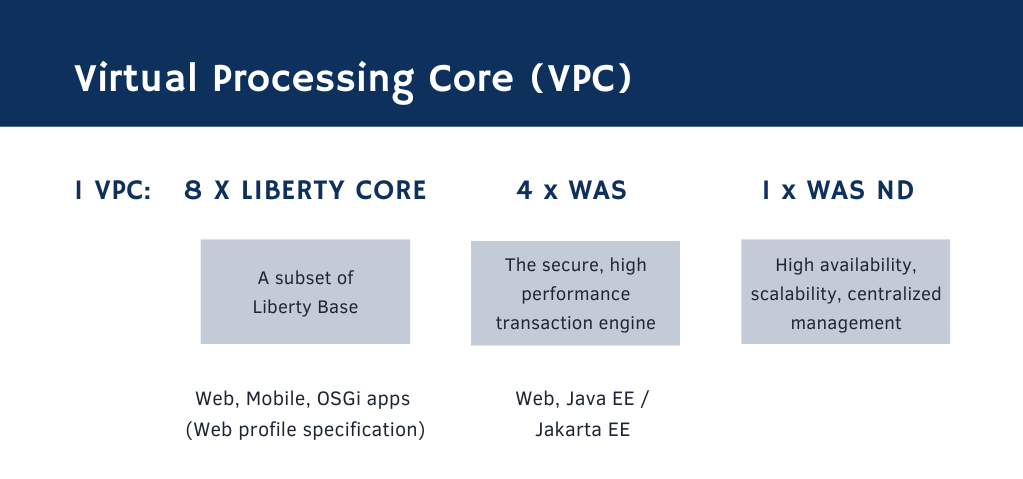Application platform decision makers at a crossroads
Traditional applications, often described as monolithic, are still the most prevalent sight in the enterprise software architecture landscape, but these are lately making more room for a new concept described as a microservice architecture. The migration process toward a containerized microservice architecture has to be well thought through since the complexity of this modernization process can escalate rapidly.
Only a fraction of today’s enterprise applications is modernized and with most enterprise customers looking into options to migrate to microservices, IBM has developed a solution to help with this transformation. What IBM is trying to do with Hybrid WebSphere Edition is to find a middle ground between the existing application platform, traditional WebSphere Application Server, and modern microservice-based containerized workloads in either public, private or hybrid cloud using WebSphere Liberty edition.
Both WebSphere versions are available in the WebSphere Hybrid Edition package together with tools to modernize and transform existing applications and allow gradual transition – where applicable, of course. Licensing in this new package remains based on the Virtual Processing Core (VPC) metric where 1 VPC = 8 x Liberty, 4 x WAS, 1 x WAS ND, and 8x Cloud Foundry Migration Runtime. Keeping the licensing model comprehensive using VPC-based metrics, and providing all the options mentioned above, increases flexibility for enterprise customers and enables them to move at their own pace.

What can you find in the Hybrid Edition package?
- WebSphere Application Server (single server version of IBM’s enterprise Application Server)
- WebSphere Application Server Liberty Core (A lightweight edition that contains the subset of Liberty that corresponds to the Java EE Web Profile specification)
- WebSphere Application Server Network Deployment (which includes multi-server editions of both the traditional WebSphere and Liberty application servers)
Additional tools that come bundled in:
- The IBM Cloud Foundry Migration Runtime is a tool that enables running Cloud Foundry applications directly on Red Hat OpenShift
- IBM Transformation Advisor is a tool that can help identify those applications for which migration makes sense and also provide advice and recommendations regarding how to migrate it. That level of assistance helps with moving applications from on-premise environments to the Cloud or containerized infrastructure
- Mono2Micro is a modern, AI-driven feature that can help transform Java monolithic applications into microservices
- WebSphere Migration Toolkit is a tool that helps move applications from traditional WebSphere to Liberty with application insights and recommended configurations
What happened to IBM Cloud Pak for Applications?
IBM’s Cloud Pak for Applications was a similar product that is no longer offered but remains supported until 2030. The most significant difference is the fact it included IBM Cloud Private, Accelerator for Teams, and Red Hat’s OpenShift. IBM’s intention with the Hybrid Edition package was to round up all the tooling that is necessary to start migrating legacy applications and a licensing model that ensures customers have enough resources before, during, and after their migration and also to have all the tools needed to navigate this type of hybrid environment. Also, at any stage, companies can decide to implement an orchestration platform – Red Hat OpenShift.
WebSphere Hybrid Edition is a very flexible solution that can help an organization meet its current and also plan for future requirements. With our broad experience with both traditional WebSphere and modern environments, our team of IBM’s Certified Solution Architects can assist in looking into the current state and suggest an optimal scenario for a successful migration.
Photo by Sophie Louisnard on Unsplash.
